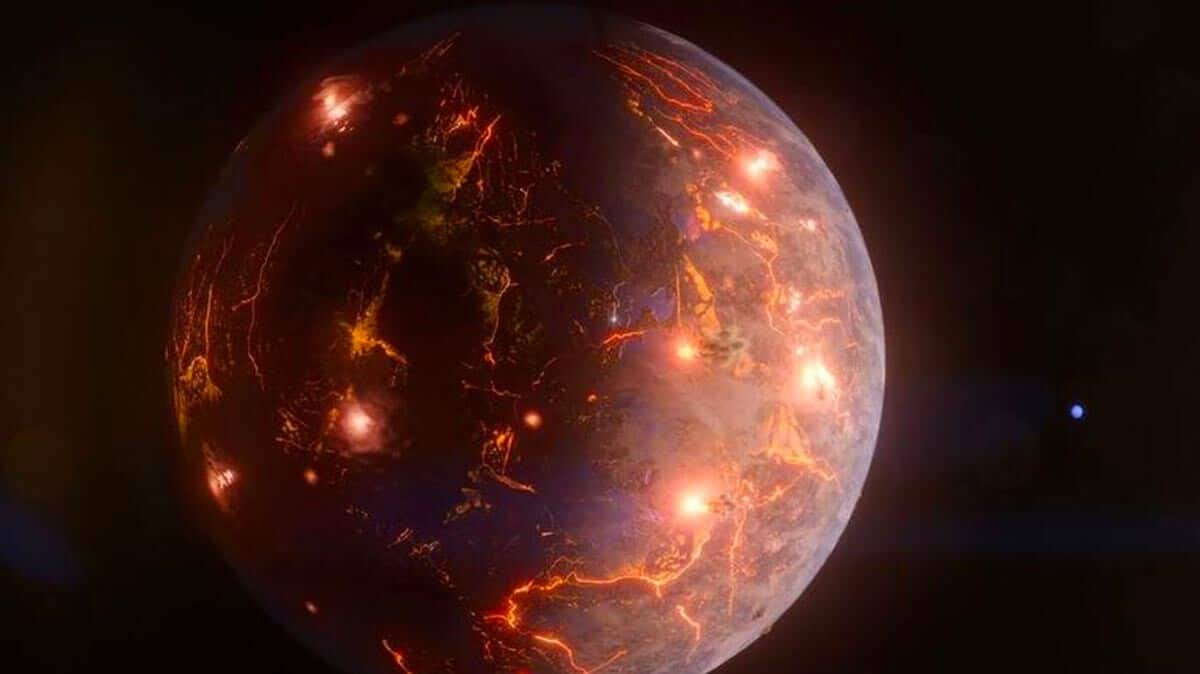
NASA's exoplanet count surpasses 5,500, raising hopes for habitable worlds
What's the story
NASA has officially confirmed the existence of more than 5,500 exoplanets outside our solar system. This significant celestial achievement marks a 31-year journey of astronomical discoveries.
The addition of six new planets to NASA's exoplanet archive, done last year, has increased the total number of confirmed exoplanets to 5,502.
These new planets are named HD 36384 b, TOI-198 b, TOI-2095 b, TOI-2095 c, TOI-4860 b, and MWC 758 c.
Both space and ground-based instruments and observatories have facilitated these discoveries.
Satellite contribution
TESS plays significant role in exoplanet discoveries
NASA's Transiting Exoplanet Survey Satellite (TESS), launched in 2018, has been instrumental in these discoveries.
TESS has identified thousands of exoplanet candidates and confirmed over 320 planets.
Other flagship space telescopes such as Spitzer, Hubble, and the recently launched James Webb Space Telescope have also played crucial roles in discovering and studying these exoplanets.
These technological advancements have significantly contributed to our understanding of the universe beyond our solar system.
Discovery timeline
Journey of exoplanet discoveries: From 1992 to present
The first exoplanets were confirmed in 1992 when scientists detected twin planets Poltergeist and Phobetor orbiting the pulsar PSR B1257+12.
Fast forward to March 2022, and the scientific community celebrated the discovery of over 5,000 exoplanets. These celestial bodies exhibit a wide range of characteristics.
Some are small, rocky worlds like Earth while others are "super Earths," larger than our own planet.
There are also gas giants several times larger than Jupiter and "mini-Neptunes."